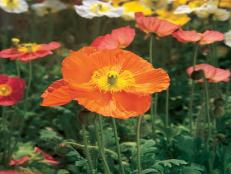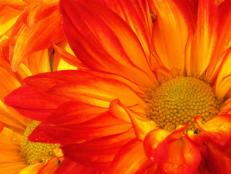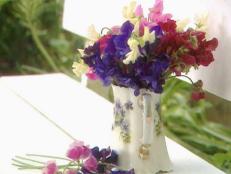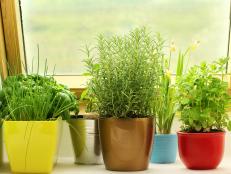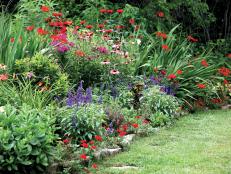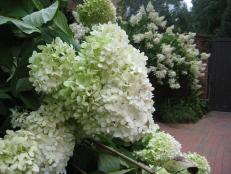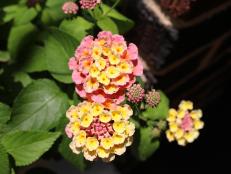Learning From Hummingbird Fuchsia

Insanity is doing the same thing over and over again and expecting different results. I'm embarrassed to tell you how many dead plants eventually led to the conclusion that if you live on lousy clay soil, the only sane thing to do is make a rock garden.
My backbreaking efforts to haul hundreds of football-size rocks resulted in naturalistic walled beds one to two feet tall. I filled them with road base fines and gravelly soil gleaned from the shoulder of our country road, sweetened by diggings from my chicken coop. This proved to be an ideal mixture to grow the native perennials that turn their nose up at rich garden soil.

The only way to really learn about a plant is to grow it. So I planted something called hummingbird fuchsia, which I later learned was the native Zauschneria californica. Just to make things confusing for new gardeners, the gods of botanical classification have changed its name to Epilobium californica. You will find it listed either way or sometimes as both in the references.
It was a brittle little plant with tiny furry leaves edged in a tinge of red. It went into my new bed from a one-gallon container, then just sat there. The first season I got some firecracker-red blossoms and was pleased when the plant survived the long dry summer. I deep-watered occasionally by hand to help the roots spread. But the jury was still out on whether road base would be suitable to plants.
Sometime the following winter a gopher found the bed. Gophers are endemic to rural America, and this one had wreaked havoc with everything I put in the ground. I watched the soil mounds rise out of the road base and waited with morbid anticipation for them to destroy the plant I'd diligently nursed through summer.
One morning I went out to find that a huge pile of dirt had literally consumed the fuchsia. Just a few leafy twigs stuck out of the top of the mound. I'd grown hardened to this war of attrition with the rodents and wrote the fuchsia off.

At the end of the spring rains I was amazed to discover that the gopher must have chewed up the crown of the fuchsia, causing it to disintegrate into a hundred little twigs. But to my surprise, the twigs themselves rooted in the loose gopher mound because the whole thing grew green with new shoots. A little digging proved exactly what had occurred.
I learned that this native plant had a unique form of adaptation to the rigors of its habitat. In the wild, gophers no doubt destroy them routinely, and this simply serves as a propagation mechanism after the original stem and roots are gone. If the plants were growing on slopes, which they prefer in the wild, there would be landslides, mudslides or the natural shedding of rock and dirt from cliffs. All of these gave the fuchsia an opportunity to break and spread.
In the years following the gopher episode I discovered fuchsia popping all over that raised bed. It apparently found the porous road base an ideal medium for growth and root development. That single plant became a fabulous colony that bloomed like crazy in the driest part of the year, from midsummer through the fall.
Ever since, I have been a great fan of this fuchsia. The species should be considered the best adapted to inland heat and drought. Closely related Epilobium cana may prove better-suited to coastal conditions and Zauschneria garrettii to deserts.
If I had continued trying to make things grow in that clay soil, I would never have discovered the value of granular soil and the beauty of hummingbird fuchsia. It goes to show that, as gardeners, sometimes we must step back after repeated failures and rethink our approach entirely.
(Maureen Gilmer is a horticulturist and host of Weekend Gardening on DIY-Do It Yourself Network. E-mail her at mo@moplants.com. For more information, visit: www.moplants.com or www.DIYNetwork.com. Distributed by Scripps Howard News Service.)






